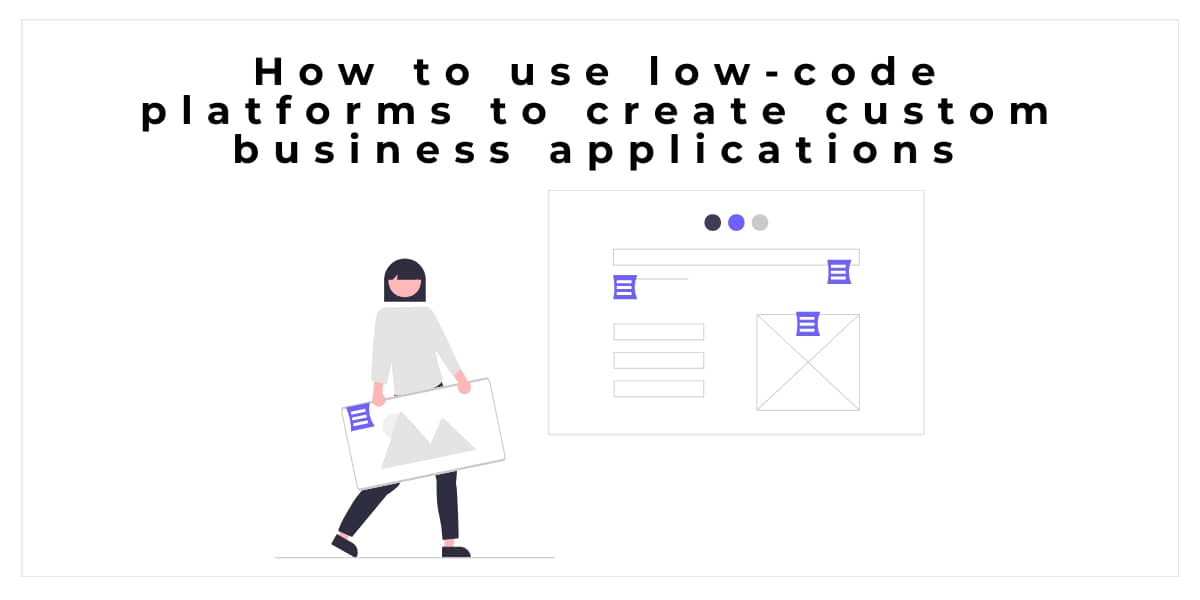Do you want to streamline your business operations and create powerful applications faster, but don’t know where or how to start? Traditional software development processes can be filled with complex tasks that are time consuming and expensive. Thankfully, there is an effective solution available today; low-code platforms.
Low-code systems provide innovative ways of rapidly building custom business applications without the need for major investments in coding staff or technical tools. In this blog post, we will explore what a low-code platform is and how it can help you create custom business applications quickly and cost effectively in order to ensure your company’s growth!
What are low-code platforms and how do they work
Low-code platforms are revolutionizing software development, making it easier than ever for non-technical users to create powerful applications without writing complex code. These platforms offer a wide range of pre-built components and templates, allowing users to simply drag and drop elements into place to create fully-functional apps.
In addition, they often come with intuitive visual interfaces, making it easy for anyone to understand and use. Low-code streamline the development process, allowing organizations to bring applications to market faster and at a lower cost than traditional methods. If you're looking to quickly and easily develop software applications, low-code platforms are certainly worth exploring.
Benefits of using low-code platforms
Low-code platforms are revolutionizing the world of software development, allowing businesses of all sizes and industries to build custom applications with ease. From speeding up development cycles to reducing costs, there are numerous benefits to using low-code platforms.
-
Increased Efficiency: Low-code platforms allow developers to build complex applications in a fraction of the time that it would take to build them with traditional coding methods. By using drag-and-drop interfaces, reusable pre-built components, and code-generation tools, developers can automate tedious coding tasks and focus on high-level functionality.
-
Reduced Costs: Low-code platforms can significantly reduce costs by eliminating the need for large development teams and lengthy development cycles. With low-code platforms, businesses can build applications quicker at a lower cost.
-
Increased Agility: As the competitive landscape changes, businesses must be able to adapt quickly. By using a low-code platform, businesses can create new applications on the fly without having to wait for a lengthy development process. This allows businesses to remain agile and respond quickly to changes in the market.
-
Greater Collaboration: Low-code platforms feature built-in collaboration tools that allow multiple developers to work on the same application simultaneously. This means that developers from different teams, locations or even countries can work together to build applications better, faster and more efficiently.
-
Lower Barrier to Entry: Low-code platforms provide a lower barrier to entry for those looking to enter the software development field. With traditional coding methods, learning to code can be a time-consuming and expensive process. With low-code platforms, anyone can start building applications quickly, without having to invest in years of training.
In conclusion, the numerous benefits of using low-code platforms contribute to their increasing popularity across industries. These platforms provide businesses with the power to be more efficient, agile and cost-effective while promoting collaboration and breaking down the barriers for entry into the app-dev space.
Key features of leading low-code platforms
#BBD0E0 »








